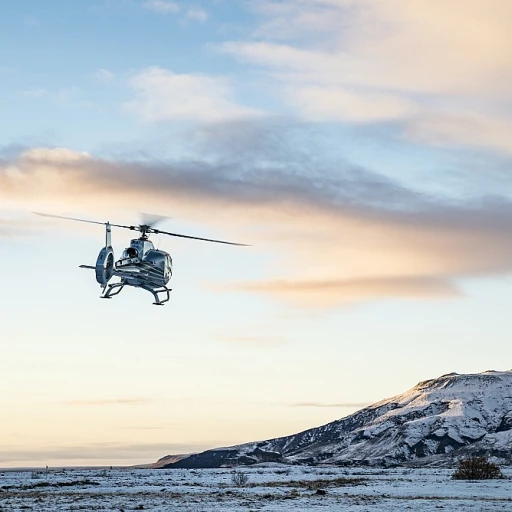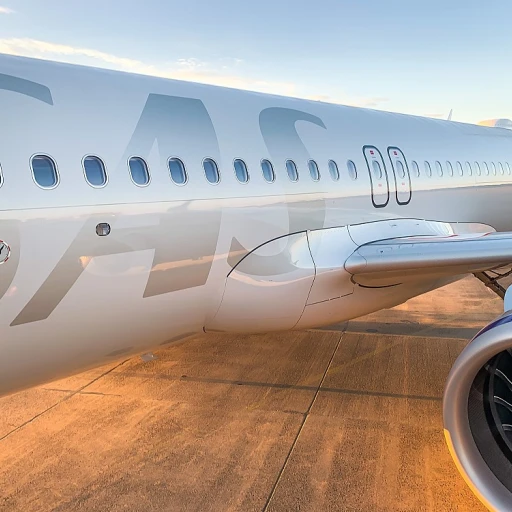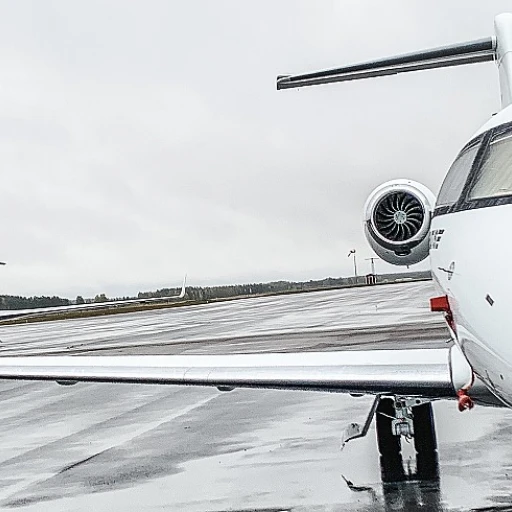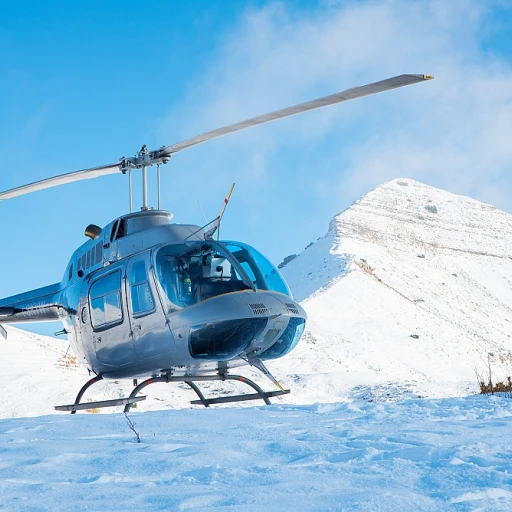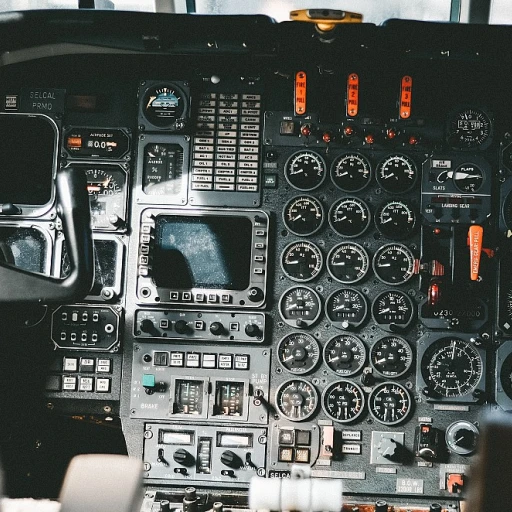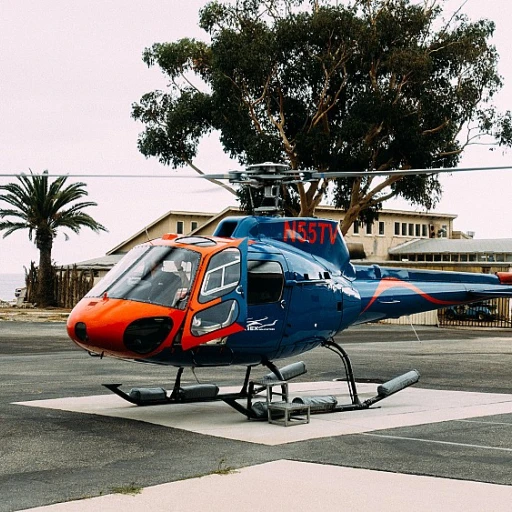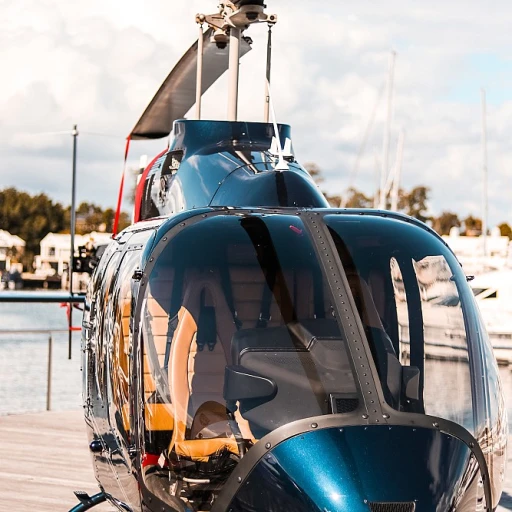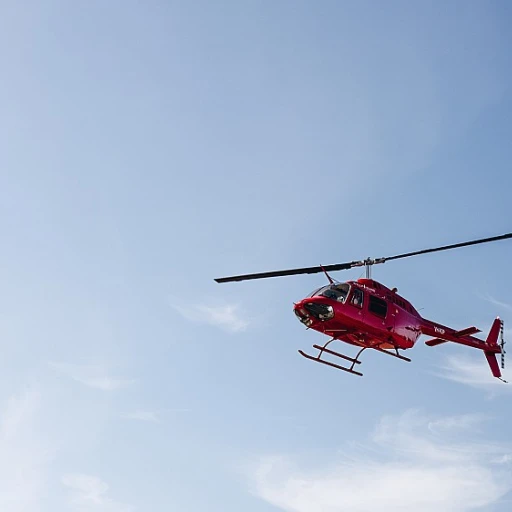The growing popularity of small private jets in business travel
The rise in demand for business travel: why small private jets are taking off
Small private jets have become increasingly popular for business travel, with more enterprises recognizing their value. According to a report from JetNet IQ, the light jet market saw a 42% increase in deliveries in 2022. Businesses are now prioritizing efficiency, speed, and privacy, turning to small jets like the Cessna Citation and Embraer Phenom for their travel needs.
Companies are looking for options that offer quick travel times and the flexibility to operate in and out of smaller airports. Private jets, particularly light jets, can land at 10 times more airports than commercial airlines, providing much-needed convenience for businesses with tight schedules.
Swift, efficient, and private: the advantages of small private jets
Small jets like the Cirrus Vision Jet and the HondaJet stand out for their range, speed, and capacity. The Cirrus Vision Jet, for instance, offers a cruise speed of 300 knots, a range of 1,275 nautical miles, and an enclosed lavatory, making it a comfortable option for short business trips. Similarly, the Embraer Phenom 300 has a range of 2,010 nautical miles and a cruise speed of 453 knots, underscoring why these aircraft are favored by business travelers.
Beyond the specs, these jets provide a level of privacy that commercial airlines simply cannot. When flying on a small jet, business professionals can conduct meetings, work on sensitive information, or simply relax in peace, ensuring productivity and confidentiality.
Luxury and practicality: a look at leading models
The market for small private jets includes some remarkable models. The Cessna Citation series, particularly the Mustang and Sovereign, have earned high regard for their performance and luxury features. The Gulfstream G280, although a bit larger, is notable for its range and cabin size, accommodating more passengers without compromising on comfort.
For those seeking the ultimate combination of luxury and practicality in business travel, these jets represent a smart investment. Interested in learning more about specific models and their benefits? Discover the best private jets for luxury and long-range travel to make an informed choice.
Economic factors: evaluating the cost
Small private jets are more accessible than one might think. While initial costs can be significant, the long-term benefits often outweigh the investment. From reduced travel time to enhanced productivity, the return on investment becomes clear.
For businesses considering private jet travel, it’s essential to weigh the costs against the benefits. Charter services offer flexible packages, making small private jets a viable option for occasional as well as regular use.
Key features and benefits of small private jets
Flexible scheduling and time-saving efficiency
One of the standout features of small private jets is their ability to offer unmatched scheduling flexibility. This is a significant benefit for business travelers who need to adapt their travel plans at a moment's notice. Unlike commercial flights, private jets can be booked on short notice without the hassle of long security lines and crowded terminals. According to aviation industry studies, the average time saved by avoiding commercial airports can be up to 45 minutes per flight, which over a year, can add back hours of productivity for frequent flyers.
Enhanced comfort and personalization
Small private jets are often equipped with luxury cabins tailored to provide maximum comfort. Features such as fully reclining seats, ample legroom, and advanced in-flight entertainment systems make the experience highly enjoyable and productive for passengers. The Embraer Phenom 300 and Cessna Citation Sovereign are well-known for their well-designed interiors and high-quality finishes. Furthermore, the ability to choose onboard amenities, catering services, and even preferred cabin layouts contributes significantly to the overall comfort and satisfaction of travelers.
Accessibility to remote and smaller airports
Unlike larger commercial jets, small private jets can access a wider range of airports, including smaller regional airports and private airfields. This is an essential advantage for business travelers looking to reach remote locations without the need for prolonged ground travel. For instance, the Cessna Citation Mustang and Cirrus Vision Jet are known for their capability to operate in and out of smaller runways. According to the Federal Aviation Administration (FAA), there are over 5,000 public-use and 14,000 private-use airports in the United States alone, expanding the reach of travelers significantly.
Speed and efficiency in the air
Performance is key when it comes to traveling for business. Small private jets like the Bombardier Global 5000, equipped with state-of-the-art technology, can cruise at speeds of nearly 560 mph (485 kts). This enables passengers to cover long distances in a shorter amount of time compared to commercial flights or even larger private aircraft. For example, a Bombardier Global 6000 can comfortably cruise at 513 kts over a range of 6,000 nautical miles, making transcontinental and intercontinental journeys more feasible.
Privacy and confidentiality
Business travelers often deal with sensitive information that requires discretion. Small private jets offer an environment that ensures complete privacy, allowing for confidential discussions and uninterrupted work. The HondaJet and Cessna Citation X are excellent choices for executives who prioritize confidentiality. These jets are also equipped with soundproof cabins and advanced secure communication systems.
Top models of small private jets
The top models transforming the skies
When it comes to small private jets, some models have set themselves apart and become true benchmarks in the aviation world. These jets are not just about speed and luxury; they bring an unparalleled balance of performance, comfort, and cutting-edge technology.
Cessna citation mustang
The cessna citation mustang is one of the most recognizable names in the world of small private jets. It's a light jet, designed for short-range flights, with a maximum range of around 1,200 nautical miles. With a cruise speed of 340 ktas (knots true airspeed), it can swiftly transport up to four passengers. Boasting a modern avionics suite and an exceptionally quiet cabin, the cessna citation mustang is popular among business travellers looking for efficiency and comfort.
Embracing the embraer phenom 300
The embraer phenom 300 is another top contender, sitting comfortably in the light jet category. Renowned for its blend of performance and spacious cabin, it features a range of approximately 2,000 nautical miles and a cruise speed of around 453 mph. Ideal for business travel, it offers a fully enclosed lavatory, state-of-the-art Garmin avionics, and a luxurious cabin that seats up to nine passengers. The phenom 300 is perfect for those seeking both comfort and capability.
Cirrus vision jet
The cirrus vision jet stands out for its distinctive design and advanced technology. It's a very light jet (VLJ) that can cover distances up to 1,200 nautical miles with a cruise speed of 345 mph. It's especially favored by owner-pilots for its simplified avionics and ease of handling. Despite its smaller size, the vision jet offers an excellent cabin experience with ergonomic seating and large panoramic windows, allowing passengers to travel comfortably while enjoying remarkable views.
Honda aircraft company's hondajet
The HondaJet, produced by the Honda Aircraft Company, has redefined what customers expect from a small private jet. Leading the way with its innovative Over-The-Wing Engine Mount (OTWEM) configuration, the HondaJet boasts exceptional fuel efficiency and a quieter cabin. It can travel up to 1,437 nautical miles, carrying up to six passengers with a top cruise speed of 422 kts. Its cabin offers a fully enclosed lavatory and modern amenities, making it a prime choice for business executives.
Other notable models
Beyond these models, other aircraft like the cessna citation sovereign and various Gulfstream and Bombardier Global series jets also play significant roles in the small private jet sector. Each offers unique features, from extended range to spacious interiors and advanced technology.Discovering the best private jets for luxury and long-range travel often includes these remarkable models that cater to specific business needs and styles of travel.
Cost considerations and affordability
Price breakdown: charter vs. ownership
When businesses weigh the costs of chartering a small private jet versus owning one, it's not just about the sticker price. Chartering typically ranges from $2,000 to $10,000 per flight hour, dependent on the model and amenities of the aircraft. According to a Forbes report, chartering can be cost-effective for businesses that fly less than 150 hours annually.
Ownership: hidden expenses
Owning a small private jet involves several upfront and ongoing costs. A new light jet such as the Cessna Citation XLS+ can cost between $13 million and $15 million. Besides the purchase price, annual operating costs, including maintenance, hangarage, insurance, and crew salaries, can range from $500,000 to $1 million annually, shared a report from FlyJets.
Depreciation and market value
Like all high-value assets, private jets depreciate. On average, private jets lose about 10% to 15% of their value annually. This depreciation can be offset by regular maintenance and timely upgrades. The Stars Jet Report highlights that well-maintained aircraft like the Bombardier Global 6000 often retain higher resale values due to their reputation and performance standards.
Leasing: a middle road
For businesses not ready to commit to ownership, leasing presents a viable alternative. Monthly lease rates for midsize jets like the Embraer Phenom 300 start around $120,000. Leasing mitigates heavy upfront costs while providing access to state-of-the-art aircraft and facilities.
Cost-saving tips
Businesses can further manage expenses by implementing strategies. Opting for fractional ownership, where companies own a share in a jet, can significantly reduce costs, making high-end models accessible. Companies like NetJets offer fractional ownership plans that include all the benefits of ownership at a fraction of the price. Negotiating bulk flight hours for charter services can also lead to substantial discounts.
Expert insights: weighing the options
Industry experts like Richard Aboulafia, an aviation analyst at the Teal Group, suggest a practical approach. “Deciding between charter, lease, or ownership necessitates a thorough assessment of flight needs, financial strength, and business goals,” Aboulafia remarked in a FlightGlobal interview.
Case studies: Businesses benefiting from small private jets
Unlocking business efficiency and productivity
When it comes to business travel, small private jets are like a secret weapon. They provide flexibility, convenience, and a level of comfort that commercial airlines simply can't match. But let's dive into some real-world examples where businesses have leveraged these aircraft to supercharge their operations.
Boosting client engagement and time management
Take for instance a leading consultancy firm based in New York. They deal with high-profile clients across multiple cities like Los Angeles and Miami. Before incorporating a small private jet into their mode of travel, their consultants often wasted hours on layovers and delayed flights. Now, with a light jet like the Embraer Phenom 300 or Cessna Citation Mustang, they zip between client locations at cruise speeds of 453 kts (521 mph) and within a range of 2,010 nautical miles without the hassles. One consultant noted, "We've shaved about 20% off our travel time, allowing us to handle more client engagements in a week." This efficiency not only boosts revenue but significantly enhances client satisfaction.
Saving opportunities in critical situations
Another compelling case is a medical device company headquartered in Europe needing rapid transportation of specialists. The company faced a crisis when a vital piece of equipment failed in Dubai, threatening to halt a major surgery. They chartered a Cirrus Vision Jet, a light jet known for its speed and compact size, offering cruise speeds of 345 kts (398 mph) and a range of 1,275 nautical miles. Within hours, their expert team was on-site, rectifying the issue, thereby saving the surgery and the patient's life. This responsiveness could never be achieved with commercial flights.
Securing competitive advantage
A tech startup based in Silicon Valley frequently uses a small private jet to fly to early morning investor meetings in New York, returning by the evening. "In our business, time is money," says the CEO. Using jets like the Gulfstream G150, which provides a cruise speed of 470 kts (541 mph) and a range of 2,950 nautical miles, ensures they capitalize on every opportunity without the exhaustion that typically accompanies cross-country travel.
Also assessing cost-effectiveness
While the initial cost may seem hefty, companies that frequently travel have found that the long-term savings and ROI of small private jets for business purposes can be substantial. Eliminating unproductive time and the flexibility to accept more meetings or business deals can indeed offset the costs, providing a remarkable return on investment.
In essence, small private jets are not merely about luxury; they are about giving businesses the edge they need to stay ahead in a competitive market. Case after case, it's clear that when time is a critical factor, small private jets provide the ultimate solution for efficiency and growth.
Environmental impact and sustainability efforts
Environmental impact and sustainability efforts
Small private jets are an increasingly popular choice for business travel due to their convenience, speed, and flexibility. However, their environmental impact is an important consideration, especially in an era of growing environmental consciousness. Here, we will explore the effects and the industry's efforts to mitigate them. One of the main concerns is fuel consumption. Light jets, despite their smaller size, still consume substantial amounts of fuel. According to a study by the International Council on Clean Transportation, a private jet can emit up to 20 times more carbon dioxide per passenger mile than a commercial airliner. Models like the Bombardier Global or the Gulfstream series are often highlighted for their high emissions compared to smaller jets like the Cirrus Vision Jet or the Cessna Citation.Efforts toward reduced emissions
The industry isn’t blind to these criticisms. Many manufacturers are working on more fuel-efficient designs and pushing the envelope of aviation technology. For example, the Embraer Phenom series and the Honda Aircraft Company have made strides in incorporating more efficient engines and lighter materials to reduce fuel consumption. The FAA (Federal Aviation Administration) has also set guidelines for more sustainable practices in aviation.Innovation in sustainable materials
Sustainable development in the sector isn’t just about fuel. Innovations extend to materials used in the construction of these jets. Manufacturers like Cessna and Cirrus are experimenting with lightweight, durable, and eco-friendly materials to minimize ecological footprints. Advanced composites and recycled materials are becoming more common in the construction of new aircraft models.Carbon offset programs
Another impactful initiative is carbon offset programs. Companies like NetJets and VistaJet offer carbon-neutral programs by investing in environmental projects to offset the emissions from their flights. This approach allows companies and individuals using private jets to contribute positively to the environment while enjoying the benefits of quick, efficient travel.Future trends: electric and hybrid jets
Electric and hybrid propulsion technologies are emerging as future trends. While fully electric jets are not yet mainstream, several prototypes and testing programs are in development. Companies like Eviation Aircraft are pioneering electric aircraft with the aim to significantly cut down emissions and noise pollution. Similarly, hybrid models, which combine traditional jet fuel with electric power, offer a promising bridge to a more sustainable future. In conclusion, while small private jets offer undeniable advantages for business travel, their environmental impact cannot be ignored. The industry is actively seeking ways to reduce its footprint through improved technologies, sustainable materials, and carbon offset programs. For anyone considering private jet travel, it's encouraging to see these advancements and the commitment to a more sustainable future.Future trends in small private jets
Technological advancements shaping small private jets
The future of small private jets is set to be bright and promising, thanks to ongoing technological innovations. From enhanced cockpit technology to improved materials and lightweight construction, new features are making these jets more efficient, faster, and more comfortable.
Electric propulsion systems
The push towards sustainable aviation has led to great advancements in electric propulsion systems. Companies such as Bye Aerospace are working on electric-powered small private jets like the eFlyer series. These aircraft promise lower operating costs and a much smaller carbon footprint compared to traditional fuel engines. Additionally, electric propulsion can lead to quieter flights, which is a key selling point for busy metropolitan areas.
Autonomous flying technology
Another exciting trend is the development of autonomous flying technology. Tech giants like Garmin are leading the way with sophisticated avionics systems such as the Garmin Autonomi™, which offers extensive levels of automation, including emergency landing features. This tech aims to make flying safer and accessible even to operators without extensive pilot training.
Advanced avionics and connectivity
Modern small private jets will soon feature more advanced avionics, providing real-time data and connectivity options. This includes innovations like high-speed, in-flight Wi-Fi and enhanced in-cabin entertainment systems that cater to the needs of business travelers. The use of next-generation ATC (Air Traffic Control) systems ensures better flight safety and efficiency.
Modular interiors and space utilization
The interior design of small private jets is undergoing a transformation. Companies are focusing on flexible, modular cabins that can be reconfigured to accommodate different passenger needs, ranging from business meetings to leisure activities. Expect to see more luxurious and functional fittings, including fully enclosed lavatories, adjustable seating arrangements, and state-of-the-art entertainment setups.
Quotes from industry experts
“The rapid advancements in electric propulsion and autonomous systems are set to revolutionize small private aviation,” says John Petersen, an aerospace analyst at Teal Group. “These technologies not only enhance efficiency but also open up new possibilities for eco-friendly air travel.”
Jane Doe, CEO of a leading private jet charter company, adds, “Passengers are increasingly looking for a mix of sustainability and luxury. The next generation of small private jets will offer just that.”
Expert opinions and industry insights
Voices from the experts on small private jets
When it comes to small private jets, industry experts consistently share a unified sentiment: versatility and efficiency are game changers. Combined with the unique bonuses each model offers, these jets are truly transforming business travel.- Michael Skou Christensen, managing director of Private Jet Charter, points out, "For many businesses, the ability to skip commercial hub airports and fly directly to smaller, closer airstrips is invaluable. This isn't just a time-saver – it's a competitive edge."

